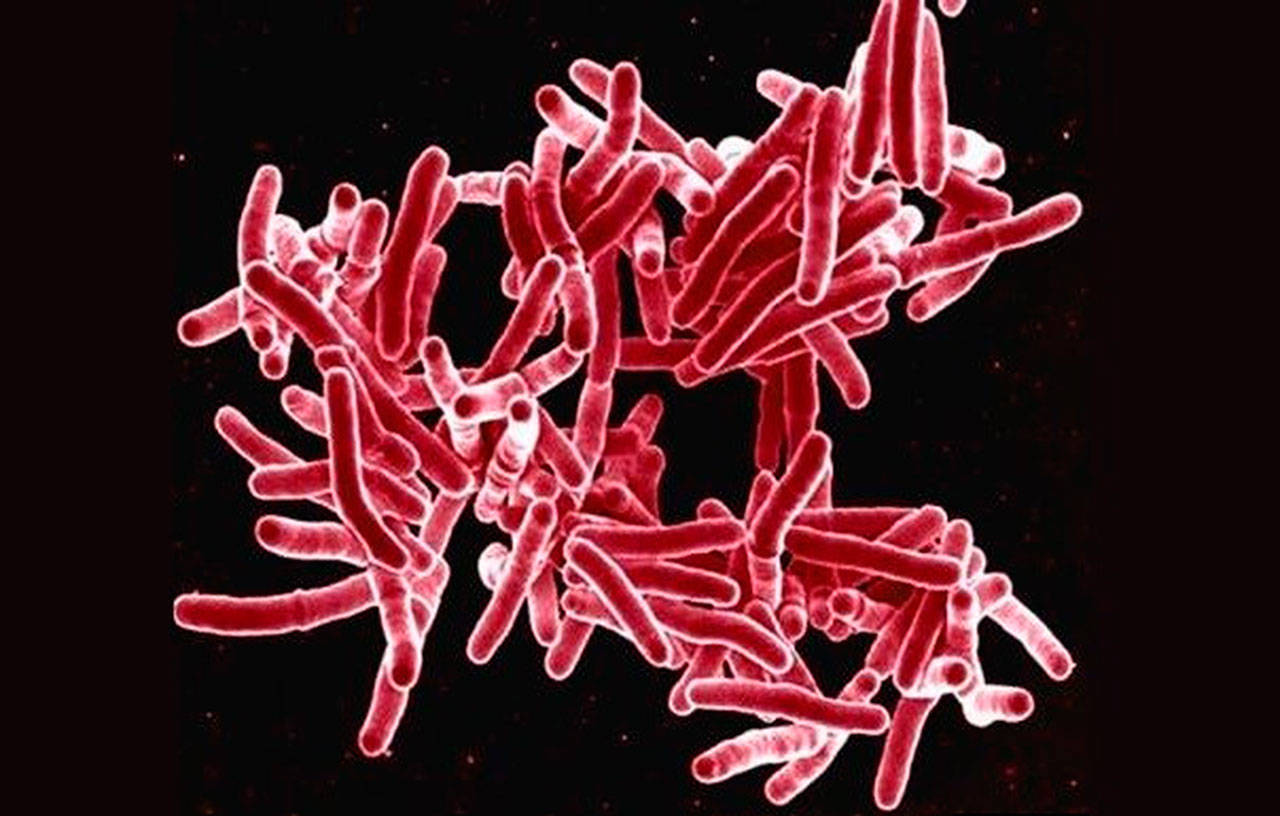The following was written by Tatiana Shams for Public Health Insider:
Last September, world leaders came together at the United Nations General Assembly (U.N.) for a rare occurrence with a single, common conviction: we must all do more to conquer tuberculosis (TB).
King County TB Control Officer Dr. Masa Narita and TB Epidemiologist Sarah Mollenkopf agree. They have just released their 2017 Seattle & King County TB Control Program Report, “Every Breath Counts in the Fight Against TB” and shared some of their thoughts.
There is still TB in King County? I thought that was eradicated or something…
TB is one of those oldest diseases known to infect humans. Many people have heard it called “consumption” or the “white plague,” read about the old sanatoriums, or seen it in Hollywood blockbusters like “Moulin Rouge” (yes, that’s that coughing disease that killed Nicole Kidman’s character), but they don’t realize that TB is still around.
A quarter of the world’s population, including 100,000 people in King County, are estimated to be infected with TB bacteria! And this preventable, curable disease still kills more people each year than any other infectious disease including HIV and malaria. In King County, two new cases of TB disease are diagnosed each week on average.
So is TB, like, a virus or something?
TB is not a virus; it’s a bacteria spread via little droplets traveling through the air from person to person by coughing, sneezing, talking, or singing. If you’re infected with TB, the bacteria may remain dormant (read: asleep) in your body for months, years, or decades before the infection progresses to disease (read: wake up and make you sick). This is called latent TB infection (LTBI). During this time, you aren’t infectious and don’t have any symptoms; you won’t even know you’re infected! About 10 percent of people with LTBI will advance to TB disease, usually developing symptoms such as cough, fever, or weight loss. If you get TB disease, you may also become infectious and spread the bacteria to others.
In order to put a stop to this cycle, the King County TB Control Program focuses on specific strategies:
- Isolate and treat people who get sick to prevent them from spreading disease
- Test individuals who have been exposed
- Provide treatment to those with LTBI to prevent progression to disease
If TB is so bad, why don’t you just get rid of it?
In 1984, the then director of the Centers for Disease Control and Prevention (CDC), Dr. James O. Mason had that very thought. He challenged the public health community to look past the control of TB and design a plan for eliminating TB in the United States altogether. Unfortunately, a resurgence of TB in the late 1980s and 1990s – coinciding with the introduction of HIV – temporarily derailed progress until the early 2000s. It was then re-visited and taken up by global, coordinated efforts and has since had tremendous success. Global efforts have reduced the TB mortality rate by more than 37 percent and saved an estimated 53 million lives! Indeed, gains can be seen even here in King County where 2017 had the lowest rate of TB on record with just 97 cases or 4.5 cases per 100,000 residents. We now meet the global criteria for a “low incidence” rating with fewer than 10 cases per 100,000 people. This success has spurred the question and fed the dream: can we achieve a world without TB entirely?
The Seattle & King County TB Control Program believes that it’s possible and aims to do their part.
What is so hard about that?
Formidable challenges exist in the fight against TB. These include mounting drug resistance, co-epidemics with HIV and diabetes, lack of access to healthcare, imperfect diagnostics, long treatment regimens and disproportionate effects on vulnerable and hard-to-reach populations, including people who are incarcerated or who are experiencing homelessness. In King County, TB officials find a particular challenge in increasing awareness of TB among healthcare providers and community members who do not see cases of TB often enough to be familiar with it, but who do play an instrumental role in its control. However, these challenges are seen as inspiration for ingenuity and hurdles that must be overcome, not roadblocks inhibiting the TB Control Program’s mission.
So what is the TB Control Program doing about it?
In 2017, the TB Control Program launched the Washington TB Collaborative Network, a new initiative recognized and funded by the state to promote effective and efficient models of TB control and prevention across counties in Washington State. They proudly participate in research to contribute to the development of better tests, better medications, and other new technology that they believe will be instrumental in the fight against TB. They also co-facilitate TB ECHO, a weekly tele-mentorship conference providing consultation and education for clinicians and public health officials treating patients with LTBI or TB disease.
Furthermore, they’re always working to build partnerships with community organizations and test new, innovative strategies. It takes a village to effectively control TB with a profound amount of effort across agencies, medical providers, and the community itself. They stress that there’s no way they could do what they do without the support of partners.
Time to Bring the Heat?
According to the U.N. General Assembly, now is the time to accelerate collective action, now is the time to bring the heat. With elimination in sight, they have pledged to provide more leadership, greater access to affordable medications, increase funding for strengthening healthcare systems, and closing the funding gap in TB research and support for fostering public-private cooperation. King County is aligned with their vision and ready to kick up the gear a notch in the fight.
If you’re concerned about TB or need more information, please check out resources offered in TB Control Program and the King County website. Concerned you may have some symptoms? Visit the CDC’s websitefor more information.


